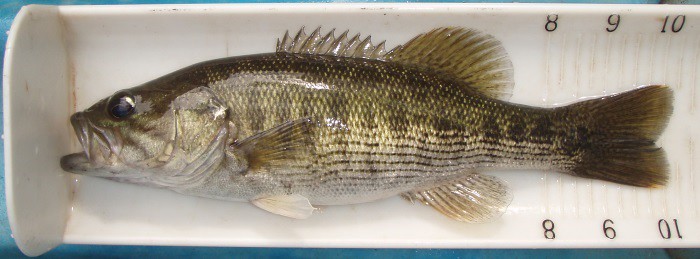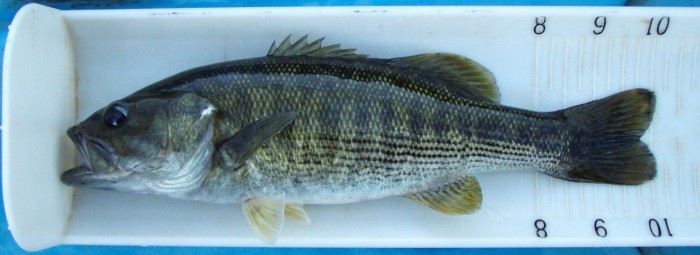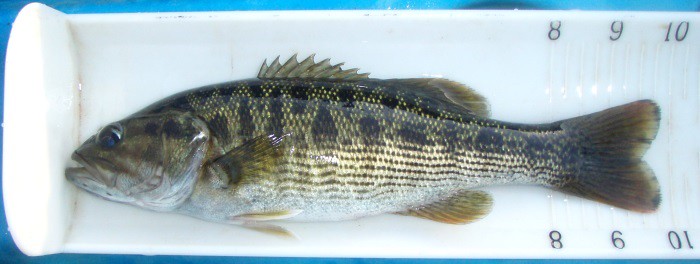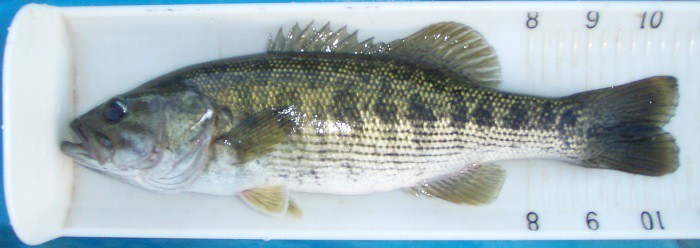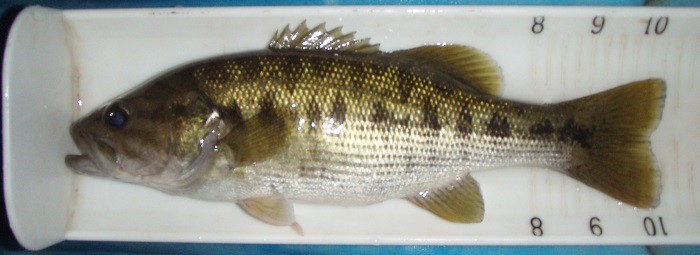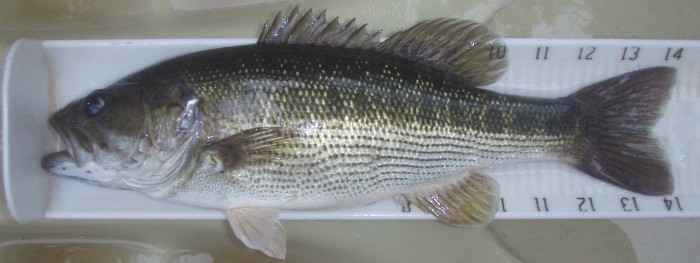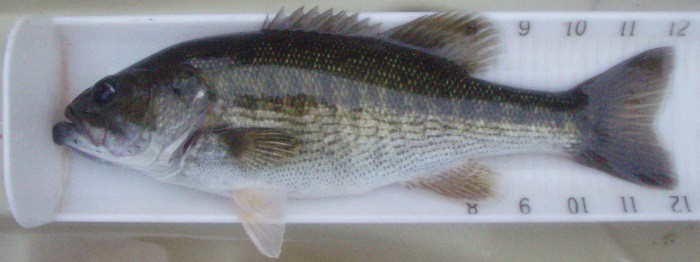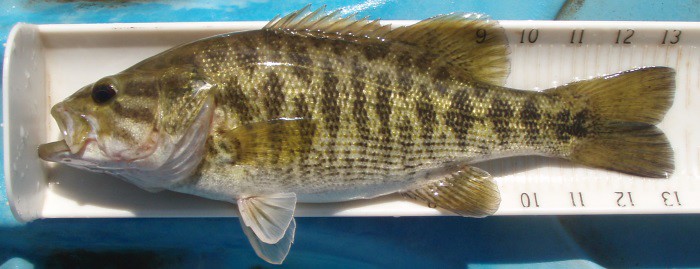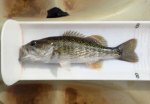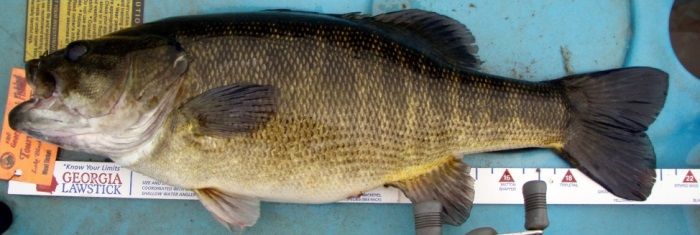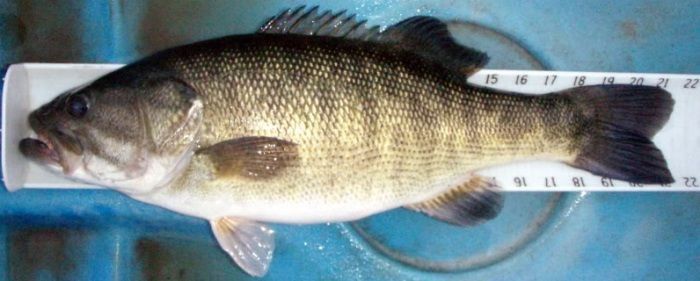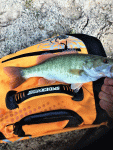GA BASS ODYSSEY
Senior Member
I wasn't going to say anything until somebody mentioned Shoal bass and the Oconee. The introduction of Shoal bass to the Ocmulgee River led to the local extinction of the undescribed Altamaha bass. Even though the state introduced Shoal bass to the Ocmulgee River (1970s) biologists at the time did not know about Altamaha bass or introgressive hybridization. Moving fish never works when other native species are already present. It's also illegal so if you know anyone moving fish you should contact the DNR.
Aren't there Altamaha bass on the Oconee River near Athens? Are there any threats to it there?

